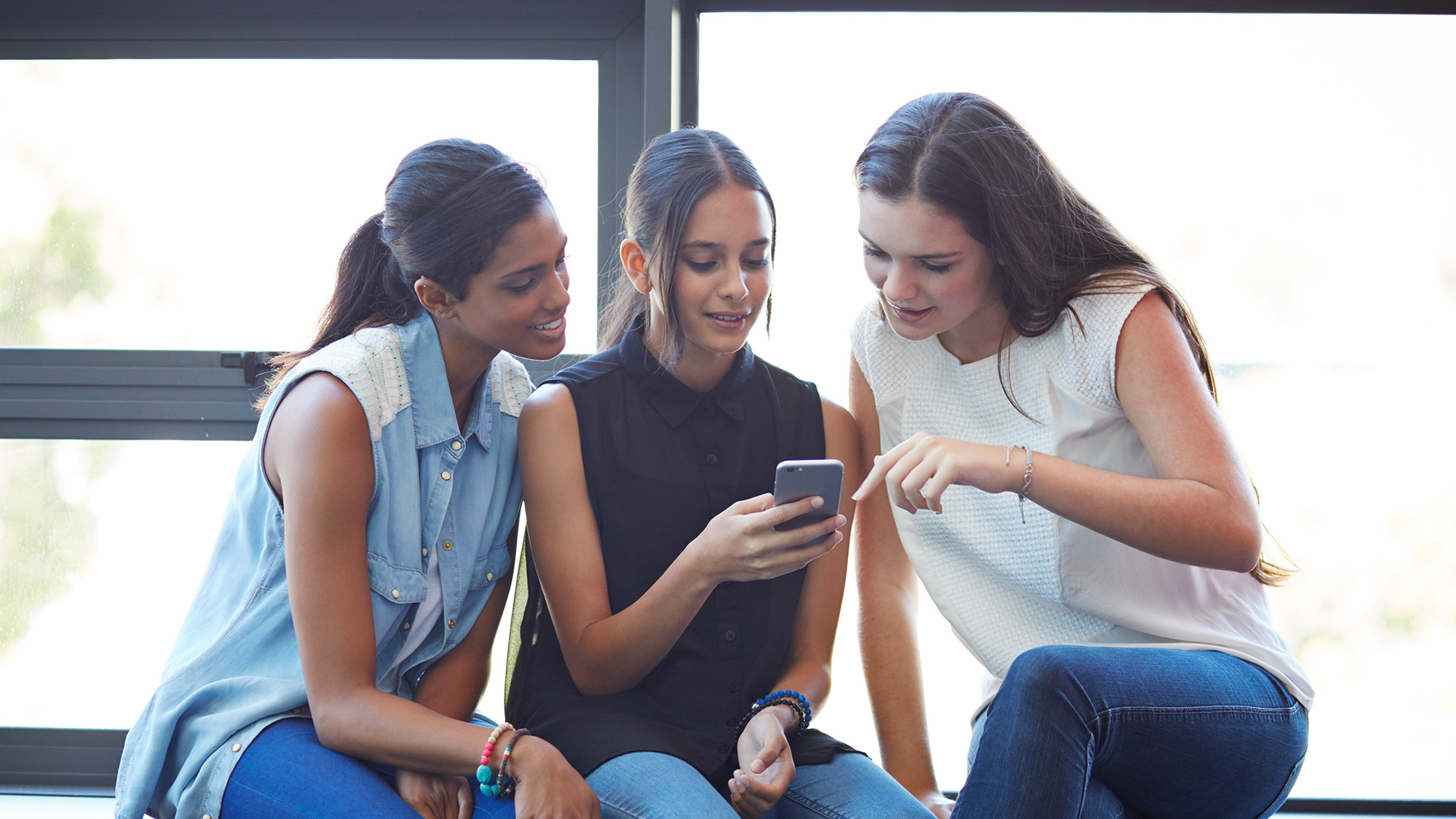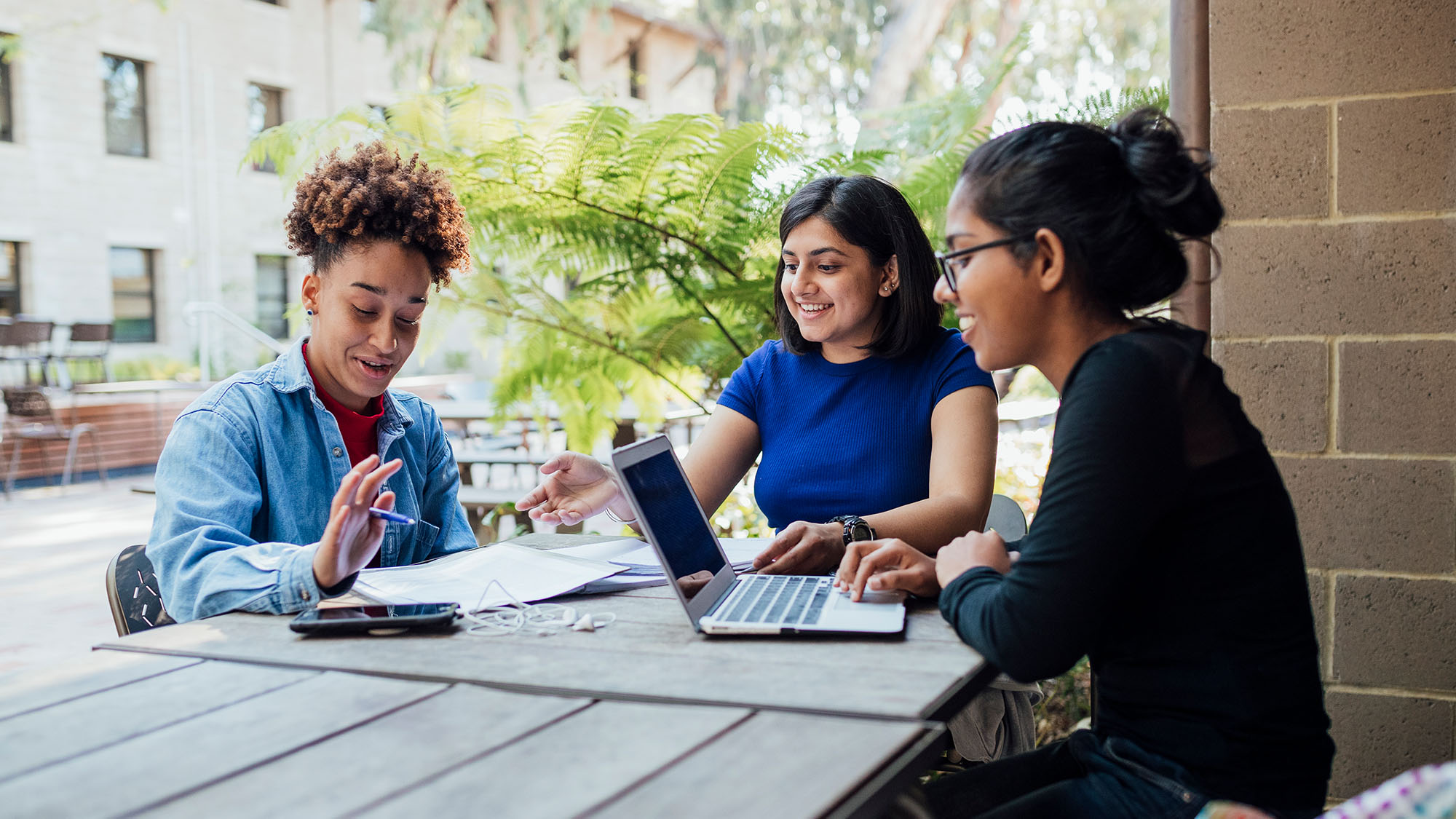Scams following recent CrowdStrike outage
Be wary of anyone contacting you with offers to update or fix issues with your device/software or download unknown software patches, protective software or remote device maintenance. It may be criminals trying to leverage the chaos with new and sophisticated scams to access your money and personal information. Always question uninvited contact and if you’re not sure, contact the organisation using the official site. See our latest scam warnings for more information.




